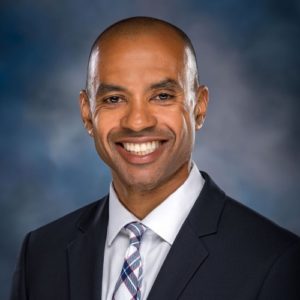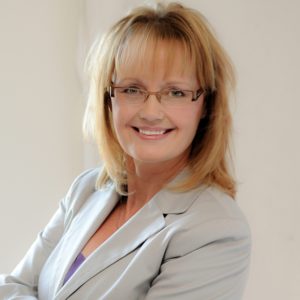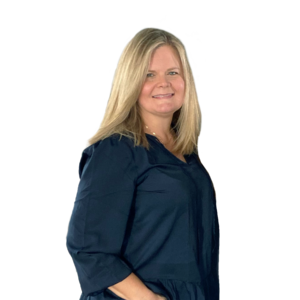Identifying and Addressing Fall Risks in Senior Care Settings

Dr. Kate Tulenko, CEO, Corvus Health
When it comes to senior safety, falls are a significant risk. According to the CDC, more than one out of four people age 65 and older fall each year, and falling once doubles the chance that a senior will fall again.
Falls have significant implications on senior health. Each year, three million seniors are treated in emergency departments for fall injuries, while more than 800,000 patients are hospitalized each year because of a fall injury. One out of every five falls results in an injury like a broken bone or head injury.
Many falls can be prevented, and senior care facilities can play important roles in fall prevention for residents.
Addressing Fall Risks
Preventative measures are essential in helping to keep residents safe. Dr. Kate Tulenko, founder and CEO of Corvus Health and member of the World Economic Forum’s Global Future Council on Healthy Aging and Longevity, recommends that senior care facilities identify risks in both the environment and the patient.
“New facilities and homes should be assessed for fall risks,” explains Dr. Tulenko. “These include changes in the level, color, or texture of the floors, loose flooring, lack of handrails and grab bars, poor lighting, and overcrowding.” As these risks are identified, it’s important to promptly fix them to make the environment as safe as possible. Dr. Tulenko also recommends reevaluating existing facilities regularly to identify any risks that may have emerged.
It’s equally important to identify and address fall risks in the resident. Dr. Tulenko states that new residents should be assessed for their fall risk, and existing patients should also be periodically assessed to identify any changes that might increase their fall risk. “Fall risks might include conditions such as vertigo, weakness, lack of foot and leg proprioception due to diabetes, or a history of falls,” says Dr. Tulenko.
She also states that if a patient has had a fall or a near-fall, it’s important to note that information in their chart to help prevent future falls. “In addition, it should be noted when a particular patient is most likely to fall (for example, on waking or just before bed) and their schedule adjusted to limit high risk activities during their most fall-prone times,” she says.
Staff training and knowledge of fall risk prevention also plays a key role in keeping residents safe, particularly in high-risk activities. “Even nurses with extensive nursing home experience have not been properly trained in fall prevention and proper patient transfer,” says Dr. Tulenko. It’s essential that all new hires are trained in these topics, and that they are trained in how to use special equipment like patient lifts. Existing staff should also periodically receive this training to keep their skills and knowledge up-to-date.
The Future of Fall Risk Prevention

Faisal Khan, senior counsel, Nixon Gwilt Law
Faisal Khan adds insight on fall risk prevention from a legal standpoint. Khan is senior counsel at Nixon Gwilt Law and inaugural chair of the Enterprise Risk Management Affinity Group of the American Health Law Association’s Hospitals and Health System Practice Group.
“Traditional fall risk precautions include minimizing patient movement, physical safeguards such as bed rails, and relying upon clinical care team assessment of patient fall risks based on in-person monitoring and visualization of patient movements and limitations,” he explains.
“The future of fall risk precautions includes a collaboration and analysis involving clinical and business leadership, quality departments, and IT/procurement/infrastructure. Physical technologies (software and hardware) are not able to track patient movement, deviations from normal movement patterns, and determine risks and/or improvements to fall limitations.
“Additionally, malpractice insurers are now advocating for adoption of increased technologies to reduce claims risk. Clinical care staffing costs are not decreasing. Thus, providers should not look solely to increase staffing.
“Through a strategic assessment of organizational risk, adoption of a model that includes a tailored mix of increasing staffing and/or monitoring assessment, technological (sometime remote) monitoring needs, as well as therapy/rehabilitation, should improve outcomes in a more efficient way than [the] traditional ‘manpower’ approach.”
Prioritizing Resident Safety
Falls are a serious risk to resident safety, but there are many risk factors that are easily addressed. Developing a procedure to repeatedly evaluate not only the facility, but also resident risks and staff training can help to reduce the chance of residents experiencing serious falls.

Paige Cerulli is a contributing writer to i Advance Senior Care.
Related Articles
Topics: Activities , Clinical , Design , Disaster Preparedness , Facility management , Featured Articles , General Technology , Housing , Information Technology , Leadership , Rehabilitation , Resident Care , Risk Management , Senior Environments , Staffing , Technology & IT , Training











